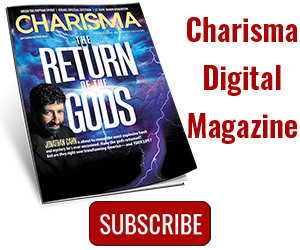Article Index

2. Hyper-Preterism
Hyper-preterism, or full preterism, is the opposite extreme of the view above. It teaches that the book of Revelation and all New Testament prophecies have already been fulfilled with the destruction of the Jewish temple in A.D. 70. These fulfilled prophecies include the Second Coming of Christ, the resurrection of the dead, the coming of Antichrist and the like. Like the hyper-premillennial dispensational view above, this view is a late theological development with no major theologians holding to it until the 1900s.
Although I agree with some form of preterism (for example, many of the prophecies of Matthew 24 and the book of Revelation were fulfilled with the destruction of the temple in A.D. 70), the problems I have with this view regarding eschatology are the following:
If the resurrection of all believers is merely spiritual and not physical, then what about the teaching in Acts 1 in which the angels say that in the same manner Christ ascended into heaven, He will return? His resurrection and ascension include a physical body (Luke 24:39; John 20:27; Acts 1:9-11), not only a spiritual body. Thus, this view comports with the gnostic theme of spiritualizing everything and disregarding Christ’s humanity and the material world.
Since Adam’s sin had physical effects (for example, bodily death and disease) and not just spiritual effects, this view also denies the physical reality of our walk with God. First Corinthians 6:19 teaches that our physical bodies are temples of the Holy Spirit. Thus, if believers are presently fulfilling the full resurrection experience of the New Testament, then the physical world has been de-emphasized by Scripture and the gnostic Christians, which John the Apostle warned against, were in some ways correct (1 John 4:2).
Furthermore, if all biblical prophecies have already been fulfilled, then the cultural commission of Matthew 28:18-20 is no longer in force, since Jesus says in this passage that He would be with His disciples to the end of the age, which consistent hyper-preterists must interpret as being fulfilled in the generation between the Resurrection and the destruction of the temple in A.D. 70. (Colossians 1:5-6 is the passage they cite to prove this.)
Thus, no longer would there be an impetus to reform the nations for Christ; the future could continue with sin dwelling on the earth ad infinitum. This could then lead us back into a spiritualizing of our present Christian journey, which would lead to a sort of gnostic existentialism and mysticism instead of cultural reform.
Finally, all the historic creeds teach there will be a literal Second Coming of Christ and bodily resurrection of the saints (for example, the Apostles' and Nicene Creeds). Any view that totally disregards the hermeneutical grid of the early church bypasses the human process God uses to teach the collective church through the Holy Spirit, thus elevating a mystical, individualistic hermeneutical illumination of the Bible that coincides with early gnosticism.
To contact us or to submit an article, click here.
Get Charisma's best content delivered right to your inbox! Never miss a big news story again. Click here to subscribe to the Charisma News newsletter.





